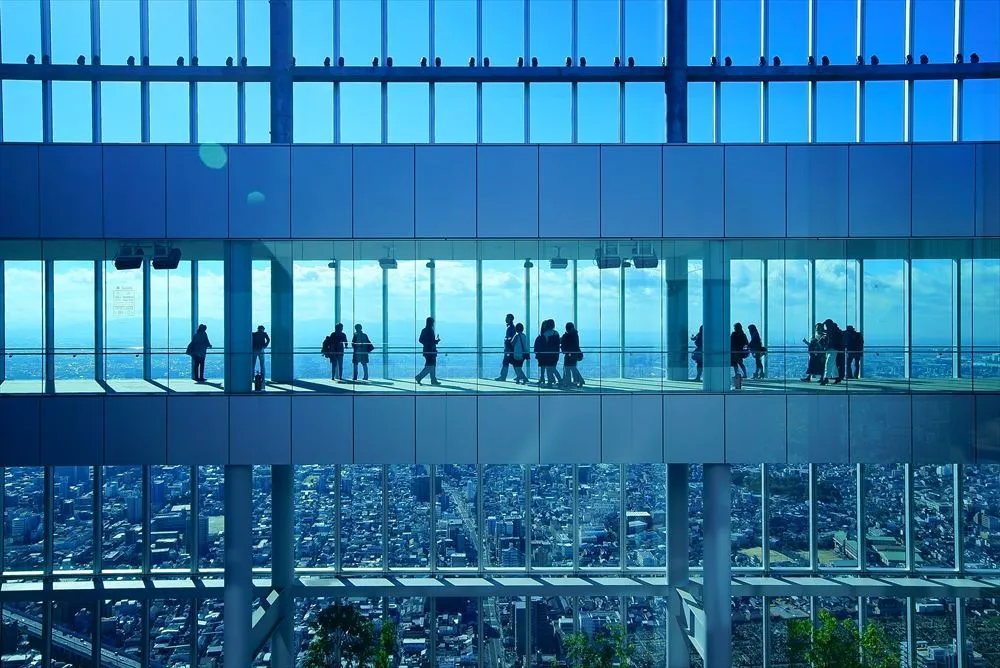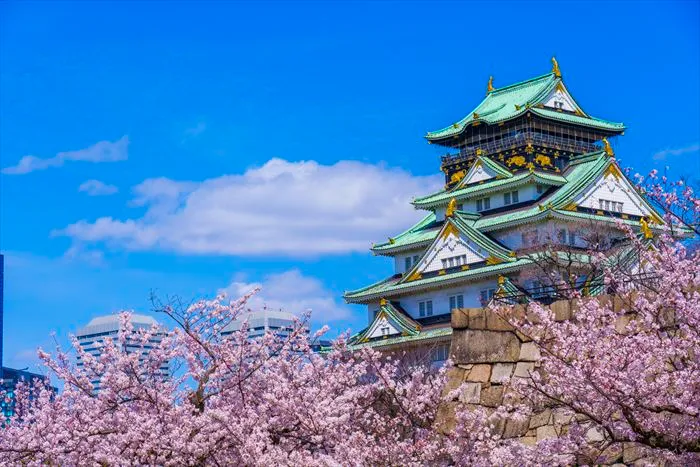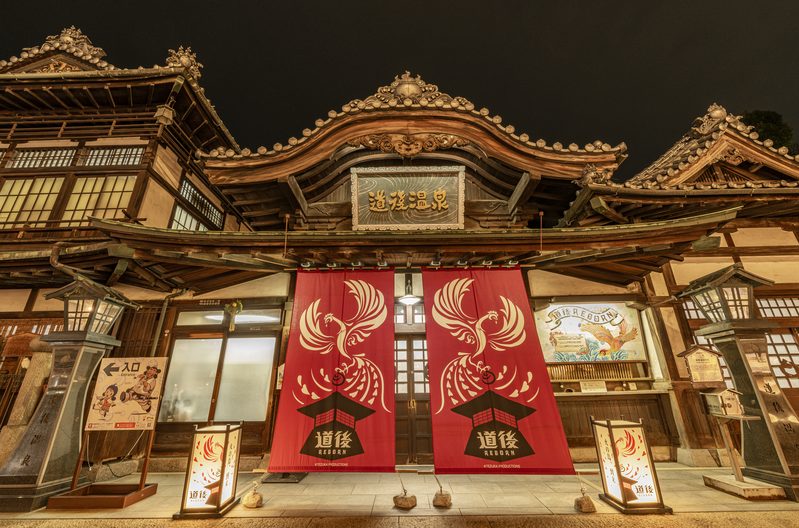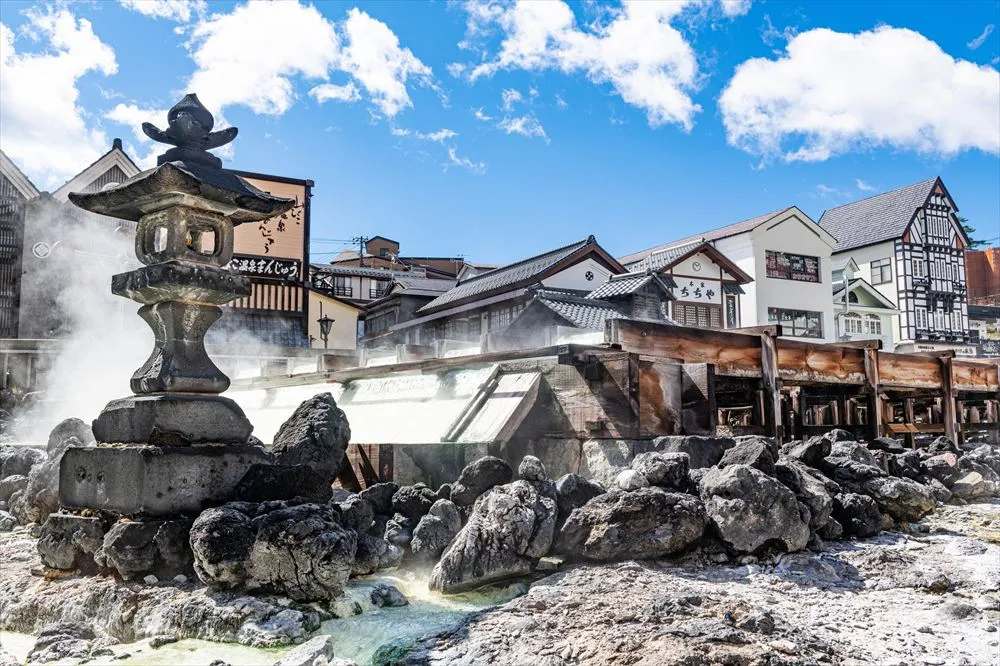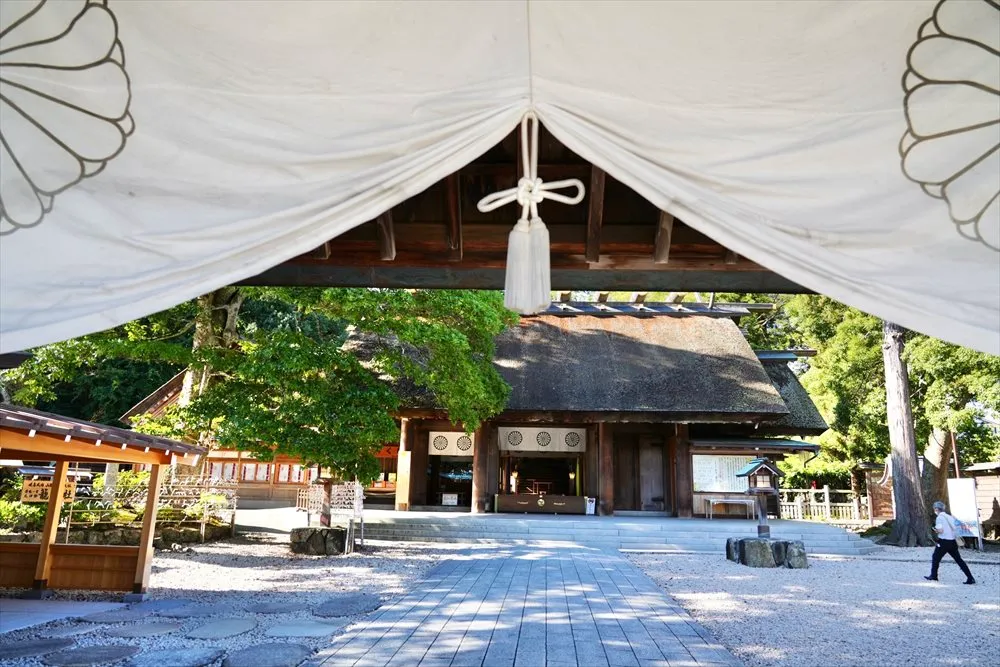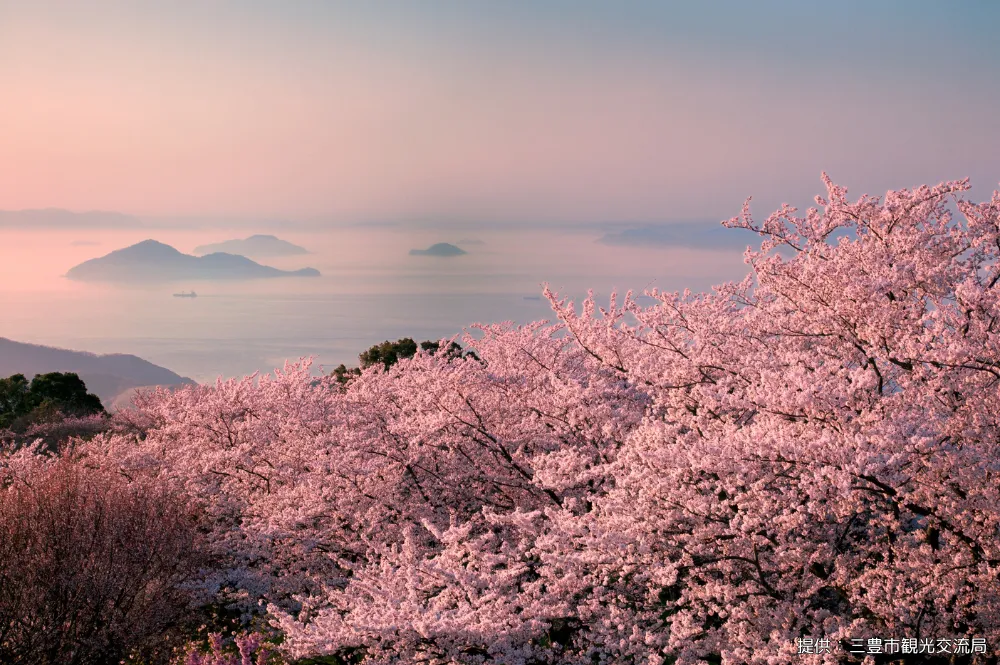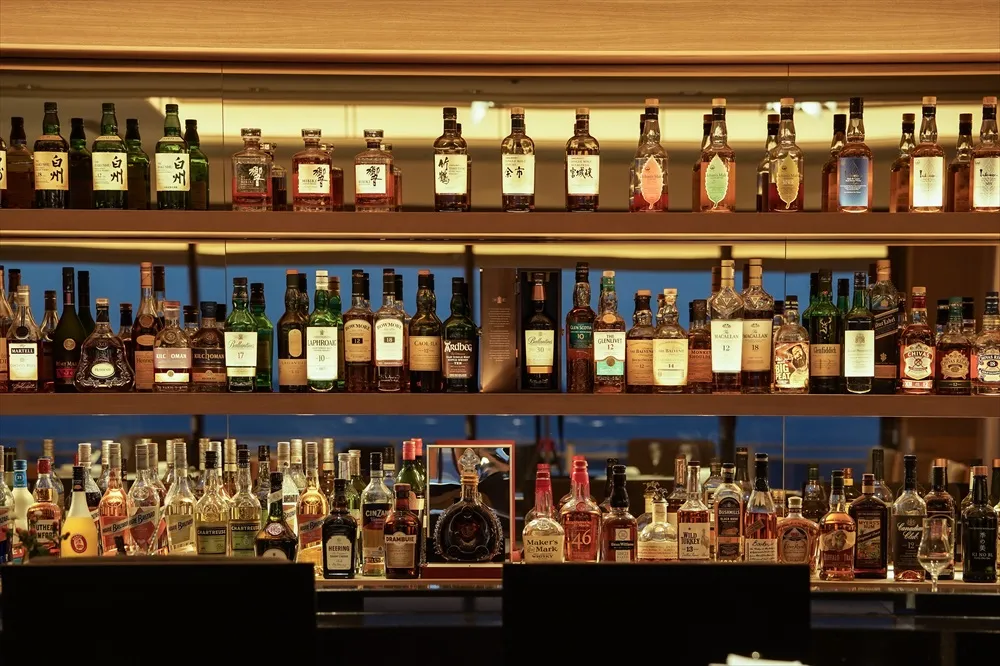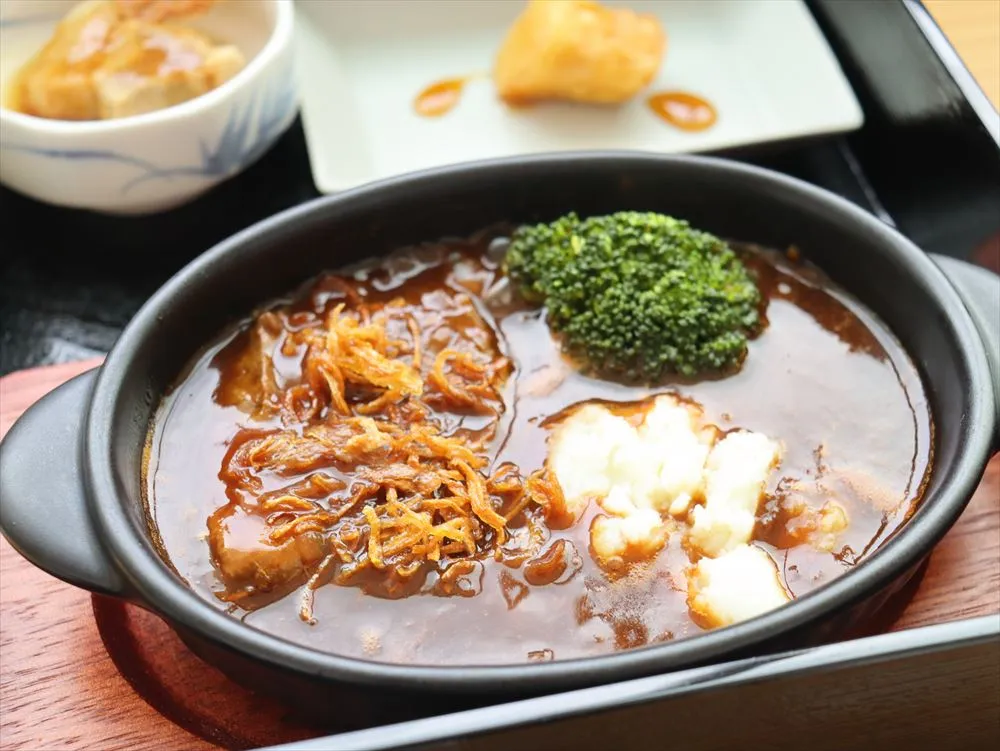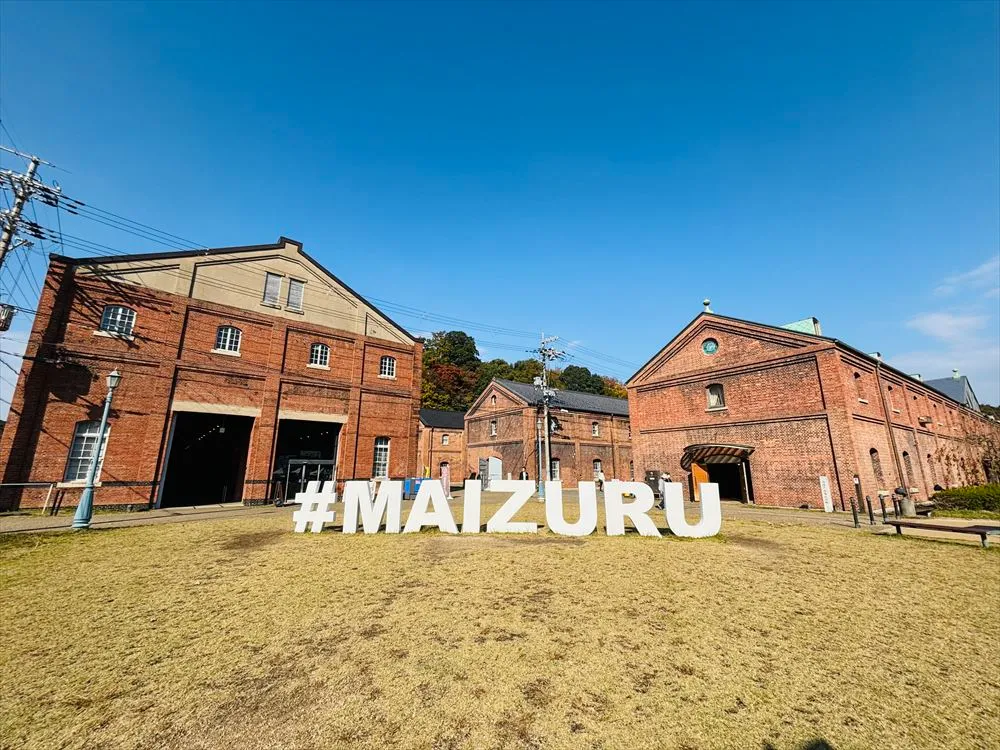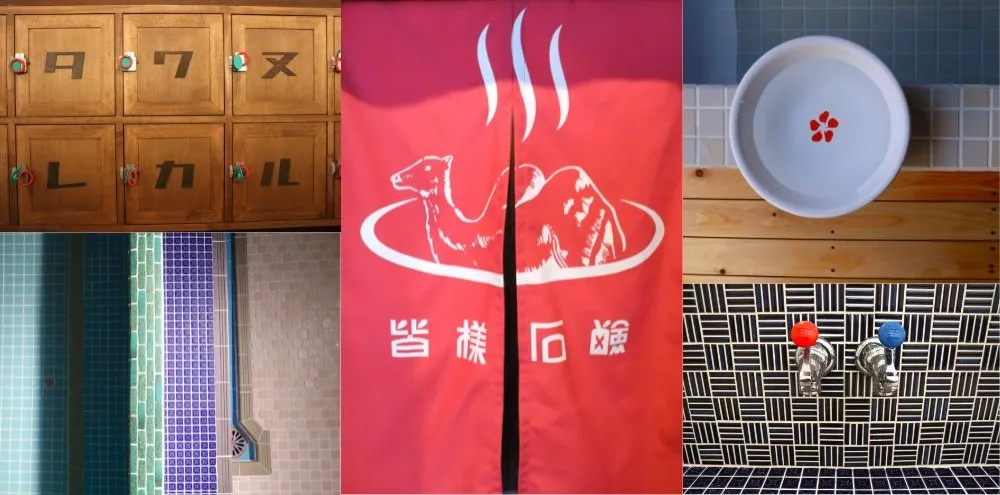Located in Hyogo Prefecture, Arima Onsen has long been cherished as one of Japan’s most beloved hot spring resorts. Rich in history and culture, this charming destination offers visitors a glimpse into its storied past. In addition to the onsen’s comforting and healing of countless people over the centuries, numerous historical sites scattered throughout the area add to the charm of a visit. Here we introduce four must-visit locations where you can truly experience the historical and cultural essence of Arima Onsen.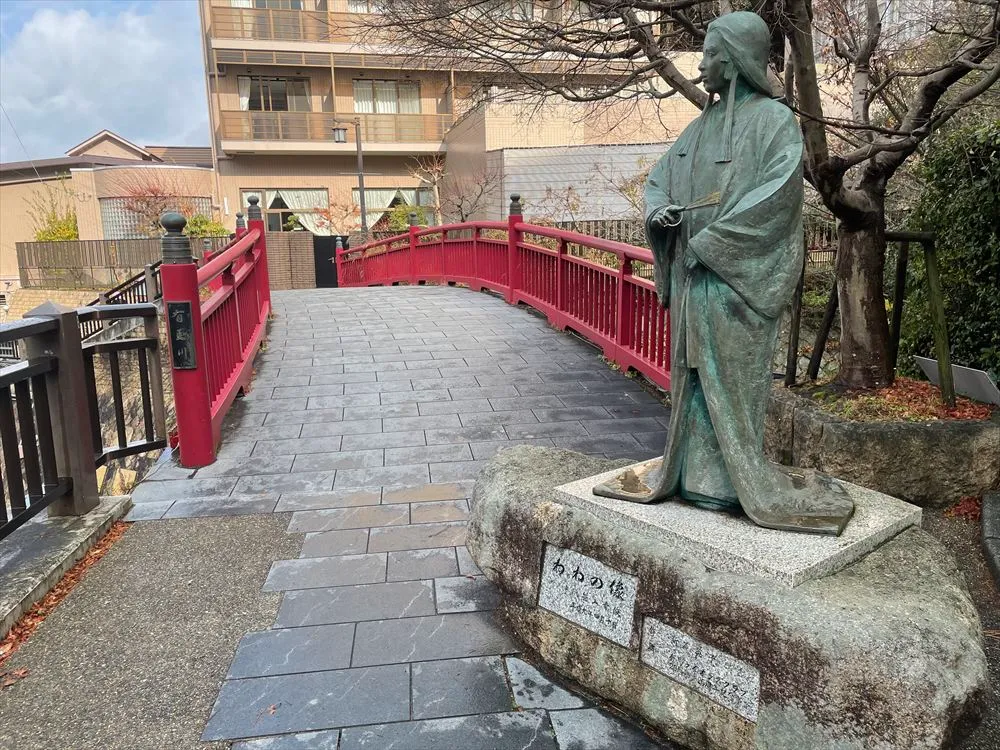
A Journey Through the History of Arima Onsen: Four Must-Visit Sites
The Historical Background and Charm of Arima Onsen
Recognized as one of Japan’s three oldest hot springs, Arima Onsen has been captivating visitors since ancient times. Its history runs deep — even the early 8th-century chronicle “Nihon Shoki” records deities bathing in its healing waters, suggesting that Arima’s hot springs have been renowned for centuries. Beyond its abundant and varied hot spring waters, Arima is distinguished by its wealth of cultural heritage sites that speak to its deep past. One of the unique pleasures of visiting Arima Onsen is not only relaxing in its therapeutic waters but also exploring the cultural treasures that have been preserved through the ages.
| URL | https://visit.arima-onsen.com/ |
Historical Site to Visit #1: Taiko no Yu
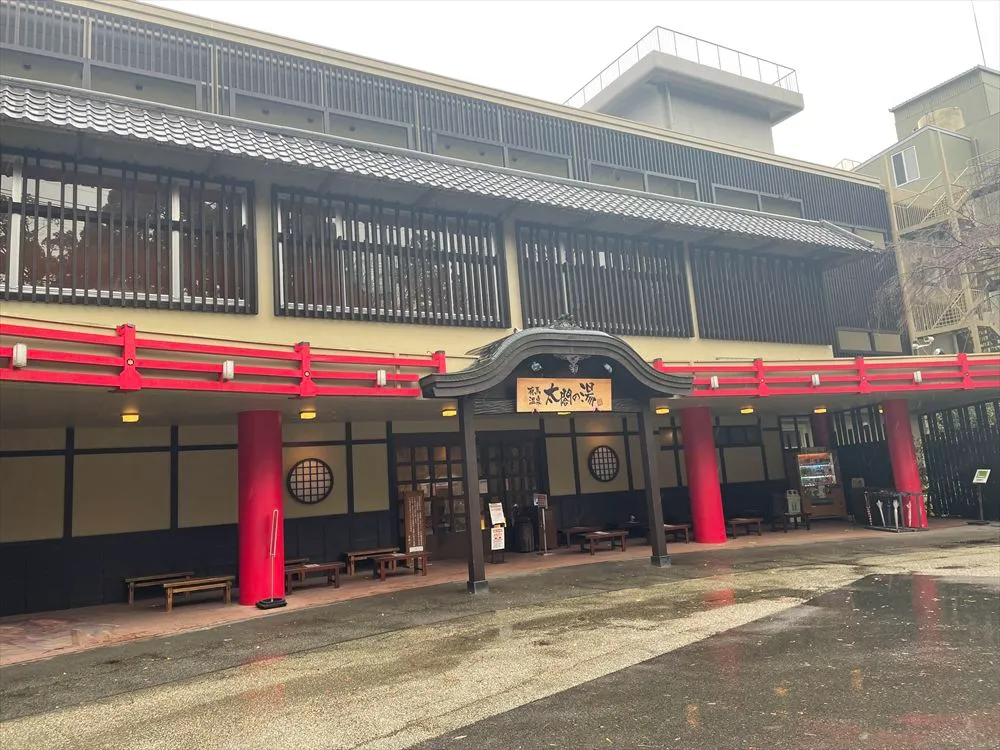 “Taiko no Yu”is a large hot spring facility that brings the history and charm of Arima Onsen — beloved by the 16th-century warlord Toyotomi Hideyoshi, who unified Japan — into the modern day. The facility features a wide variety of baths, including the famous Kinsen (golden spring), Ginsen (silver spring), and artificially carbonated baths, allowing visitors to enjoy both history and relaxation at once.
“Taiko no Yu”is a large hot spring facility that brings the history and charm of Arima Onsen — beloved by the 16th-century warlord Toyotomi Hideyoshi, who unified Japan — into the modern day. The facility features a wide variety of baths, including the famous Kinsen (golden spring), Ginsen (silver spring), and artificially carbonated baths, allowing visitors to enjoy both history and relaxation at once.
Highlights include the “Hyotan Open-Air Bath,” inspired by Hideyoshi’s personal emblem used to signify a samurai’s presence, and the “Taiko Rock Bath,” a recreation of the ruins of the Yunoyama Goten — a bathing palace Hideyoshi had built for therapeutic purposes. Another popular feature is the “Golden Steam Bath,” where visitors can simultaneously experience the steams of both Kinsen and Ginsen.
Inside the facility, guests can also enjoy a wide range of amenities, including stone sauna rooms, traditional saunas, relaxation lounges, and dining areas. With everything provided on-site, it’s a popular destination where you can spend an entire day enjoying all that Arima Onsen has to offer without any need to bring your own supplies.
| URL | https://www.taikounoyu.com/ |
Historical Site to Visit #2: Zuihoji Park
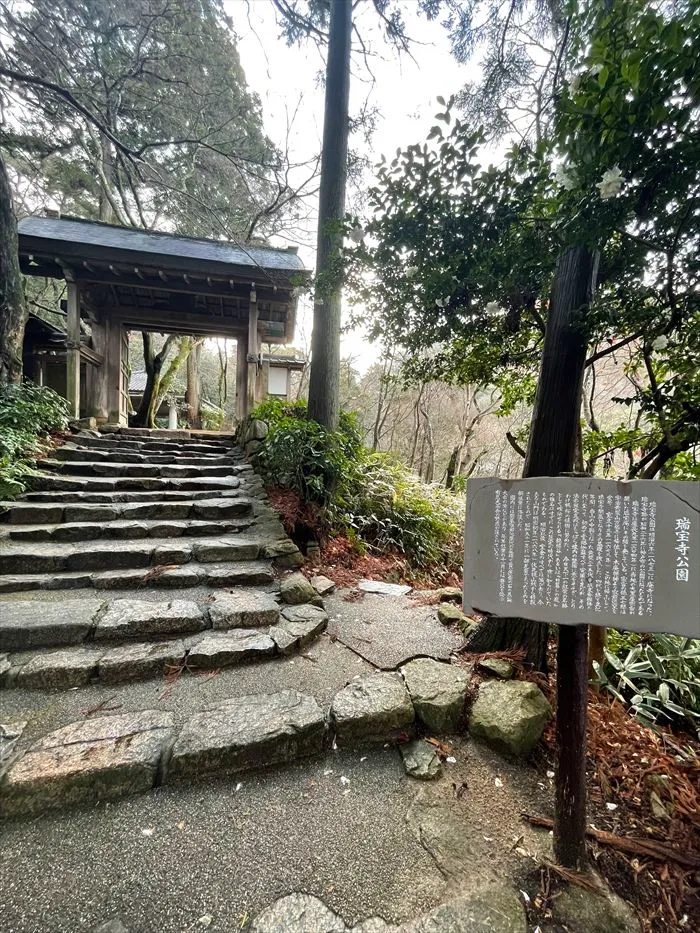
Zuihoji Park is a serene spot where visitors can experience both the history and natural beauty of Arima Onsen. It is located on the former grounds of Zuihoji Temple, where Toyotomi Hideyoshi is said to have once held tea ceremonies. Today, remnants of the temple’s garden and stone monuments remain, offering a glimpse into the area’s historical past.
The park is especially popular in autumn, when vibrant autumn foliage transforms it into Arima’s premier destination for viewing colorful leaves. Well-maintained walking trails wind through the grounds, allowing visitors to take leisurely strolls while soaking in the rich historical atmosphere.
| URL | https://www.hyogo-tourism.jp/spot/70 |
Historical Site to Visit #3: Tosen Shrine
 Tosen-jinja Shrine has long been revered as the guardian of Arima’s hot springs. It enshrines three deities: Onamuchi no Mikoto, Sukunahikona no Mikoto, and Kumano Kusumi no Mikoto. According to legend, an injured crow was healed by bathing in the red waters of Arima, and a carving of this crow can still be seen at the main shrine building today.
Tosen-jinja Shrine has long been revered as the guardian of Arima’s hot springs. It enshrines three deities: Onamuchi no Mikoto, Sukunahikona no Mikoto, and Kumano Kusumi no Mikoto. According to legend, an injured crow was healed by bathing in the red waters of Arima, and a carving of this crow can still be seen at the main shrine building today.
Tosen Shrine is also mentioned in the “Engishiki,” an ancient legal code completed in 927 AD, and records show that emperors themselves once paid visits here, attesting to its deep historical significance. The shrine’s peaceful grounds offer visitors a soothing environment where they can feel a profound connection between history and nature.
| URL | https://tousen.or.jp/ |
Historical Site to Visit #4: Taiko-no-yu Museum (Taiko no Yudonokan)
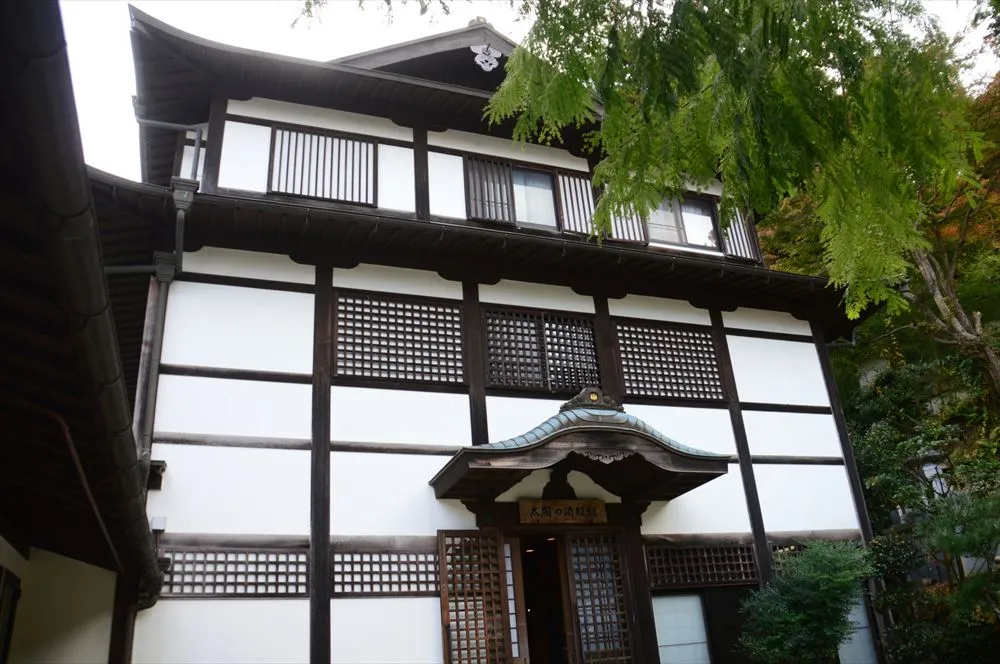
The Taiko-no-yu Museum is a historical museum showcasing the ruins and artifacts of the Yunoyama Goten, a bathing palace built by Toyotomi Hideyoshi. It is located within the grounds of Gokurakuji Temple. Following the Great Hanshin-Awaji Earthquake in 1995, excavations beneath the temple’s kitchen area led to the rediscovery for the first time in around 400 years of remnants that included those of stone baths, steam baths, roof tiles, and tea utensils — all of which are now preserved and on public display.
Inside the museum, visitors can explore exhibits that recreate the decorative styles of the Azuchi-Momoyama period (1568–1600) and view films and materials that illustrate Hideyoshi’s close ties to Arima Onsen. The museum offers a vivid, immersive glimpse into the history and culture of that era.
| URL | https://www.hyogo-tourism.jp/spot/result/137?c-4=4%2F1000 |
